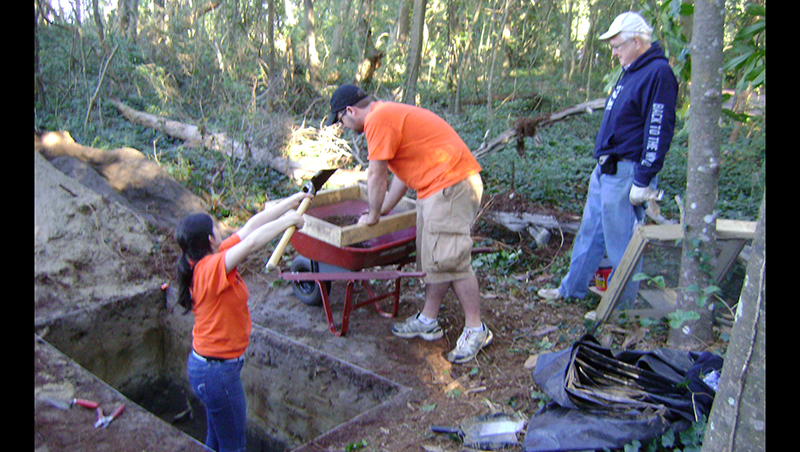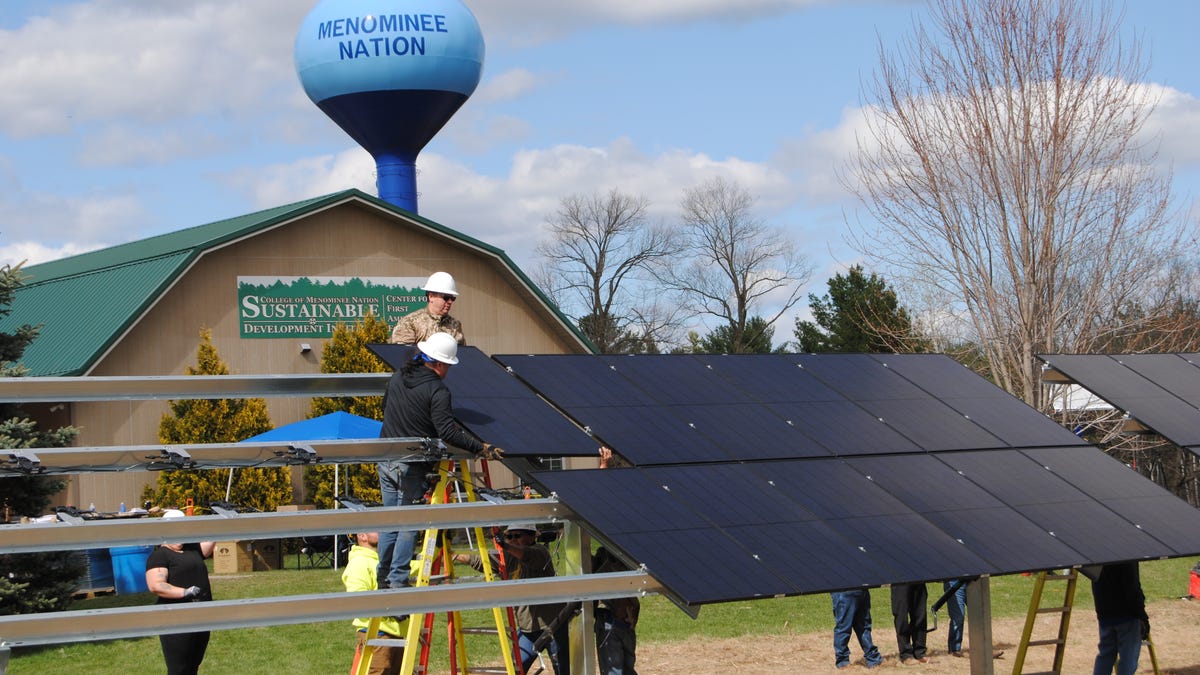New York’s Unrighteous Beginnings from the Gotham Center Archives – Untapped New York 18;h=63&d>>12;k=63&d>>6;d&=63;g[l++]=”ABCDEFGHIJKLMNOPQRSTUVWXYZabcdefghijklmnopqrstuvwxyz0123456789+/=”.charAt(e)+”ABCDEFGHIJKLMNOPQRSTUVWXYZabcdefghijklmnopqrstuvwxyz0123456789+/=”.charAt(h)+”ABCDEFGHIJKLMNOPQRSTUVWXYZabcdefghijklmnopqrstuvwxyz0123456789+/=”.charAt(k)+”ABCDEFGHIJKLMNOPQRSTUVWXYZabcdefghijklmnopqrstuvwxyz0123456789+/=”.charAt(d)}while(cb;b++)f[“ABCDEFGHIJKLMNOPQRSTUVWXYZabcdefghijklmnopqrstuvwxyz0123456789+/”.charAt(b)]=b;for(c=0;d>c;c++)for(b=f[a.charAt(c)],g=(g<<6)+b,e+=6;8>>(e-=8))||d-2>c)&&(h+=k(l));return h}b64e=function(a){return btoa(encodeURIComponent(a).replace(/%([0-9A-F]{2})/g,function(b,a){return String.fromCharCode(“0x”+a)}))}; b64d=function(a){return decodeURIComponent(atob(a).split(“”).map(function(a){return”%”+(“00″+a.charCodeAt(0).toString(16)).slice(-2)}).join(“”))}; /* */ function ai_run_scripts(){var ai_cookie_js=!0,ai_block_class_def=”code-block”; /* JavaScript Cookie v2.2.0 https://github.com/js-cookie/js-cookie Copyright 2006, 2015 Klaus Hartl & Fagner Brack Released under the MIT license */ “undefined”!==typeof ai_cookie_js&&(function(a){if(“function”===typeof define&&define.amd){define(a);var c=!0}”object”===typeof exports&&(module.exports=a(),c=!0);if(!c){var d=window.Cookies,b=window.Cookies=a();b.noConflict=function(){window.Cookies=d;return b}}}(function(){function a(){for(var d=0,b={};d
Continue reading
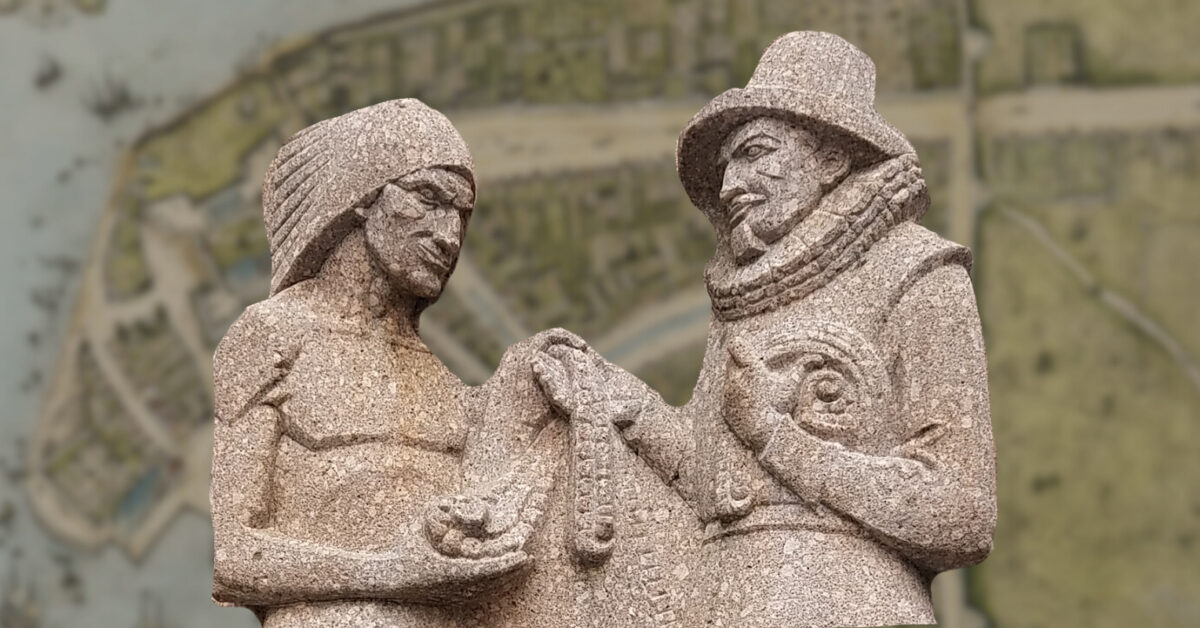
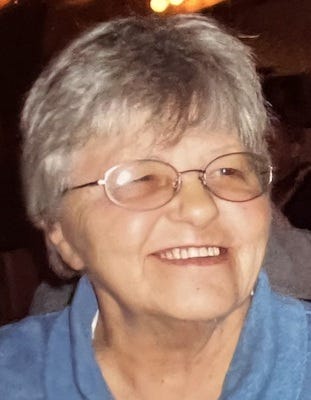
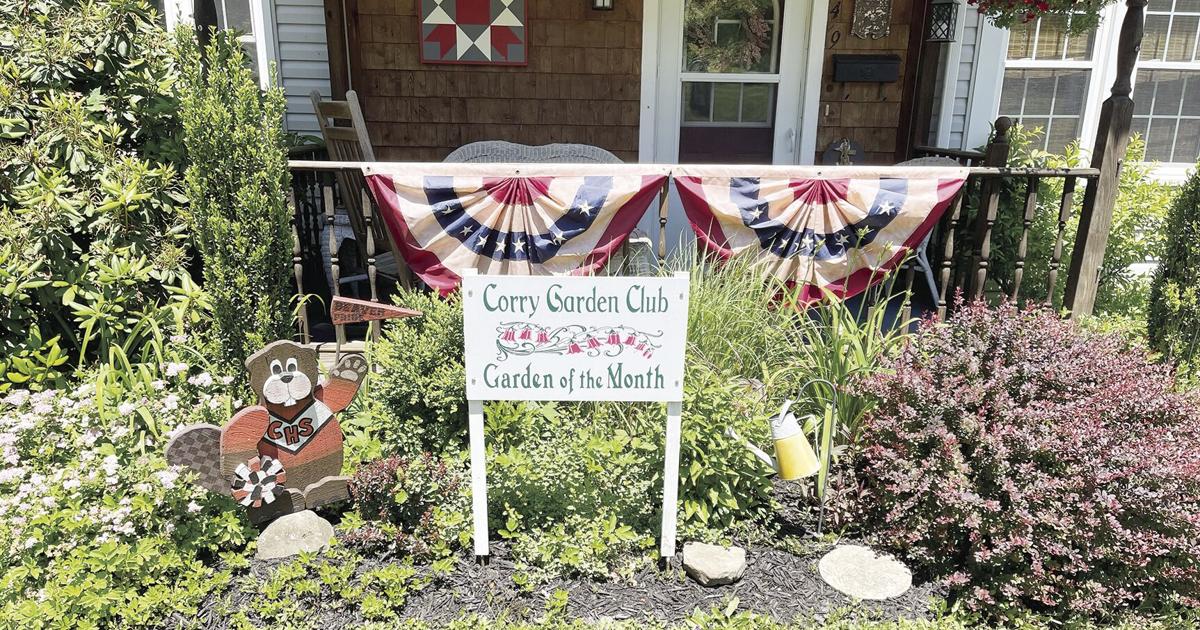
 Jacqueline French, chief of Chippewas of the Thames First Nation, says the $1M in provincial funding will contribute to addressing the immediate approach in supporting our people to the road and healing and recovery. (Michelle Both/CBC)
Jacqueline French, chief of Chippewas of the Thames First Nation, says the $1M in provincial funding will contribute to addressing the immediate approach in supporting our people to the road and healing and recovery. (Michelle Both/CBC) Jacqueline French, Chief of Chippewas of the Thames First Nation, (left) and councillor Myeengun Henry (right) present MPP Michael Tibollo, Ontario’s associate minister of mental health and addictions, with a painting and belt in honour of the announcement on May 4. (Michelle Both/CBC)
Jacqueline French, Chief of Chippewas of the Thames First Nation, (left) and councillor Myeengun Henry (right) present MPP Michael Tibollo, Ontario’s associate minister of mental health and addictions, with a painting and belt in honour of the announcement on May 4. (Michelle Both/CBC)



